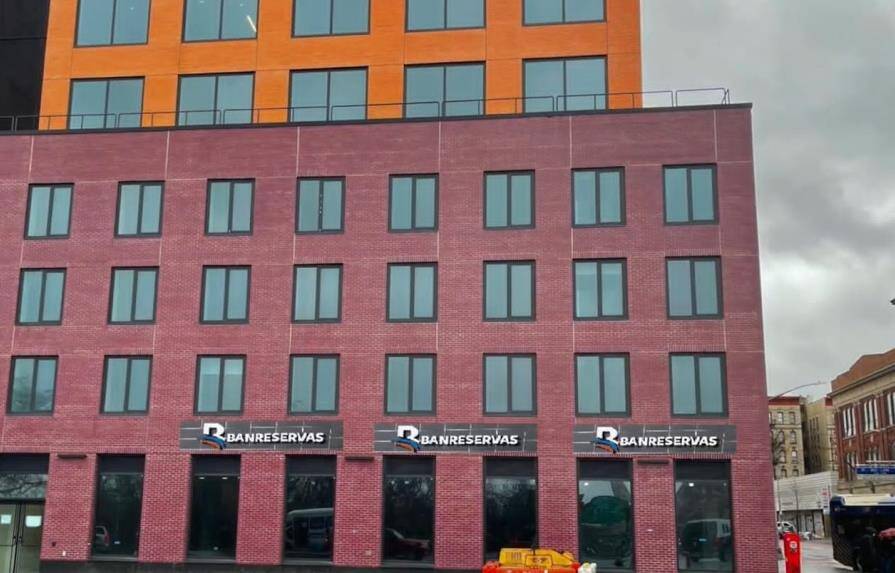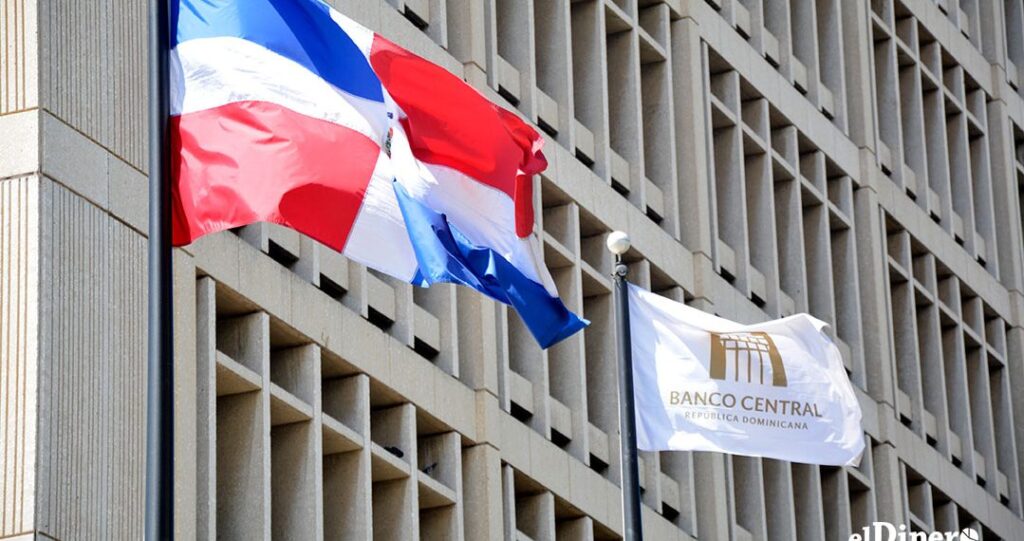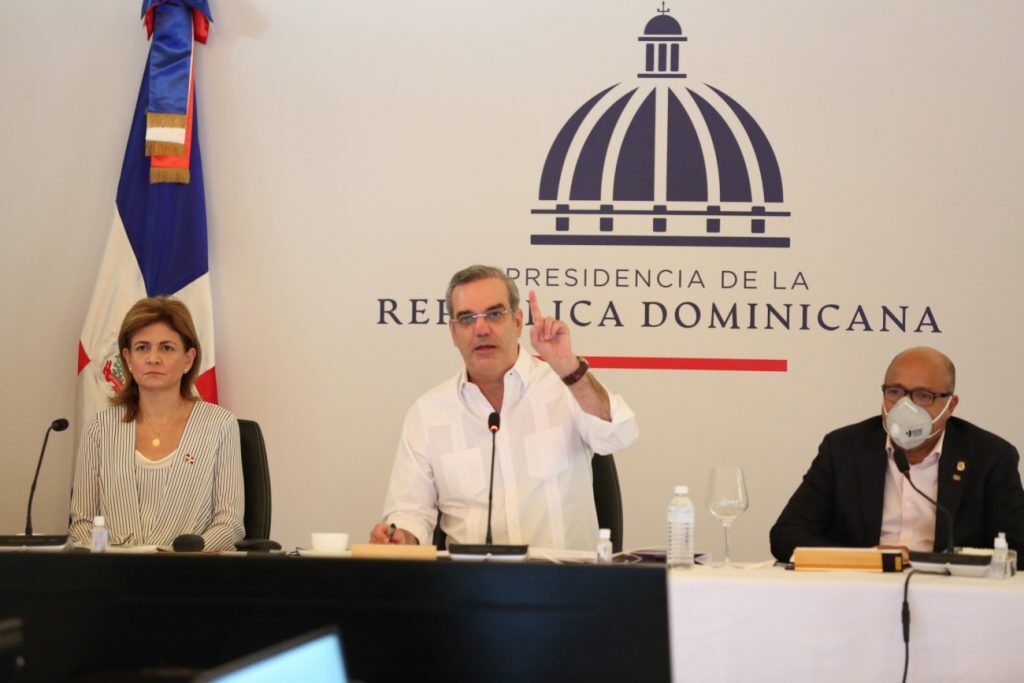Central Bank says the inflationary pressures began to ease

The Governor of the Central Bank of the Dominican Republic, Héctor Valdez Albizu, stated that “year-on-year inflation was lower in May and June than in April, so the inflationary pressures began to ease”.
He also highlighted that “this behavior is expected to continue for the rest of the year, so inflation would converge to the Central Bank’s target range of 4.0% ± 1.0% during 2023.”
Likewise, he pointed out that, according to the forecast system that contains the different projection models of the Central Bank and according to multilateral organizations such as the IMF and the World Bank, “the Dominican economy would grow 5.0%, an expansion rate close to potential, both in 2022 and in 2023”.
Speaking about the nominal product in 2022, Governor Valdez Albizu commented that “it would stand at USD 109,045 million and would continue to grow until it exceeds USD 120 billion in 2024”, the year in which, according to the International Monetary Fund, the Republic The Dominican would become the seventh largest economy in Latin America.
To conclude his speech, the Governor of the Central Bank acknowledged that nominal GDP growth, together with a modern and efficient strategy for managing the liabilities of the Government of President Luis Abinader, aimed at reducing debt service and improving its sustainability, “ have been decisive for the debt of the consolidated public sector (SPC) to present a downward trend” and explained that “after reaching 69.1% of GDP in 2020 due to the effects of the crisis, the debt of the SPC was reduced to 62.6% of GDP in 2021”.
The official spoke at the XV International Congress of Finance and Auditing (CIFA), organized by the Association of Multiple Banks of the Dominican Republic (ABA) and the auditing and consulting firm BDO.
Váldez Albizu closed his words at the congress by assuring “that the Dominican economy will continue its dynamism, generating more and better jobs for Dominicans, promoting consumption and creating new investment opportunities”.






